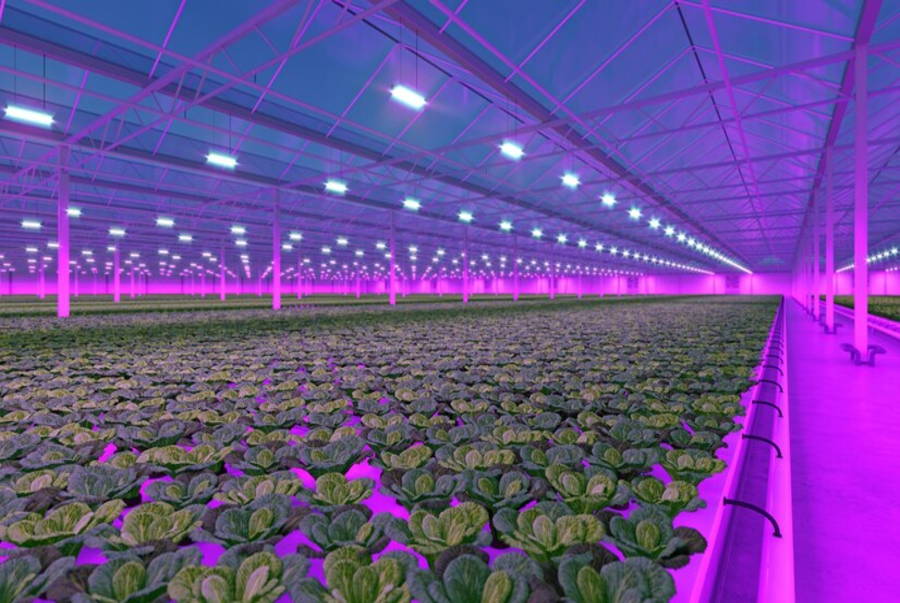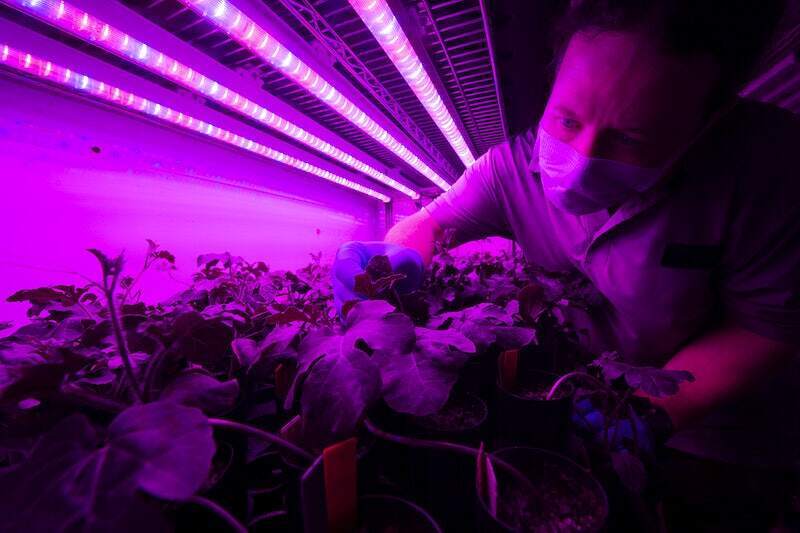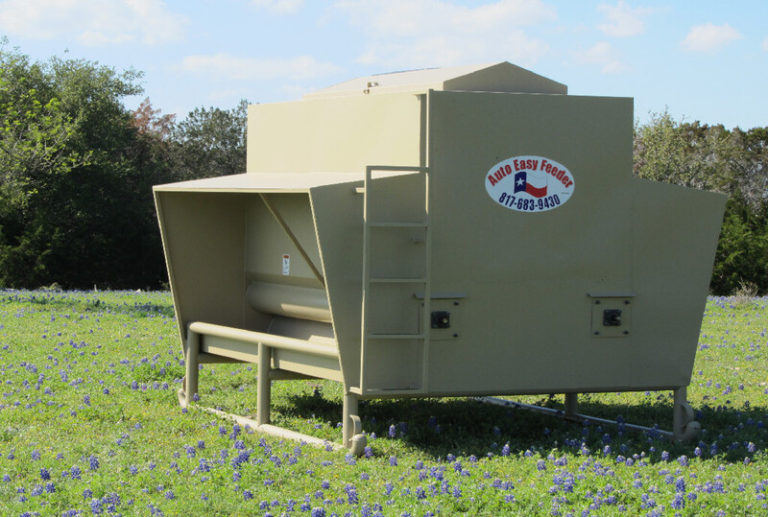UV Light in Agriculture: Benefits, Applications, and Safety Considerations
Ultraviolet (UV) light is a type of electromagnetic radiation that comes from the sun. While excessive UV exposure can be harmful to humans and animals, in agriculture, UV light has proven to be a useful tool for promoting plant growth, preventing disease, and improving crop quality.
Benefits of UV Light in Agriculture
Plant Growth and Yield:
UV light can help plants grow and make more food because it speeds up photosynthesis and makes it easier for plants to take in nutrients. Studies have shown that exposing plants to UV-B light can increase the concentration of antioxidants and other phytochemicals, which can improve crop quality.
Disease Prevention and Control:
UV light can also help stop and control plant diseases by stopping the growth of fungi and reducing the number of insects that live on plants. By exposing plants to UV-C light, farmers can get rid of or reduce the need for chemical pesticides and fungicides, which can be bad for people and the environment.
Increased Shelf Life and Quality:
UV light can improve the shelf life and quality of crops by reducing post-harvest losses and improving their appearance and flavor. For example, exposing fruits and vegetables to UV-C light can slow down the ripening process, extend their shelf life, and improve their color and taste.
Types of UV Light in Agriculture
There are three types of UV light that are commonly used in agriculture:
UV-A: This type of UV light has the longest wavelength and is the least harmful to plants and animals. It is used to stimulate plant growth, increase flowering, and enhance color and flavor.
UV-B: This type of UV light has a shorter wavelength than UV-A and can be harmful to plants in high doses. But when used in moderation, it can help plants make more phytochemicals and improve the quality of crops.
UV-C: This type of UV light has the shortest wavelength and is the most harmful to living organisms. However, it is also the most effective at killing bacteria, viruses, and other pathogens that can cause plant diseases.

Applications of UV Light in Agriculture
UV light can be used in both indoor and outdoor farming environments. Some of the most common applications of UV light in agriculture include:
Greenhouse and Indoor Farming:
UV light fixtures can be installed in greenhouses and indoor farming facilities to provide plants with the necessary UV exposure. This can help improve plant growth and quality, especially in crops that are grown in low-light environments.
Field and Open-Air Farming:
UV light can also be used in field and open-air farming environments. For example, farmers can attach UV light systems to tractors to treat crops while they are being harvested. Portable UV light systems can also be used to treat large fields and crops.
UV Light Safety Considerations
While UV light has many benefits in agriculture, it can also be harmful to humans, animals, and the environment. Some of the safety considerations when using UV light in agriculture include:
Health Risks for Humans and Animals:
UV light can hurt the eyes and skin of people and animals, especially if they are exposed to it for a long time. It can also be harmful to aquatic organisms and other wildlife.
Environmental Concerns:
UV light can break down organic matter and create hazardous waste. It can also have an impact on the soil microbiome and other ecosystems.
Best Practices for UV Light Usage:
Farmers should use UV light in the best way possible to reduce risks to health and the environment. This means wearing protective clothing and gear, making sure UV light systems are handled and stored properly, and using UV light in moderation.
Conclusion
UV light is a powerful tool that can be used in agriculture to help plants grow faster, keep them from getting sick, and improve the quality of crops. Knowing what UV light is good for, how it can be used, and how safe it is, farmers can make smart decisions about how to use this technology in their farming.
Also Read:
Automatic Livestock Feeders: Improving Efficiency and Animal Health in Livestock Farming







